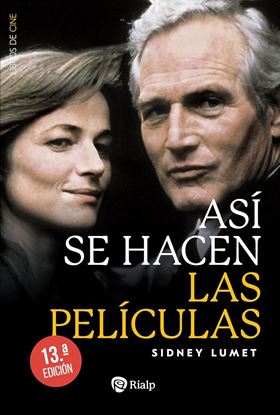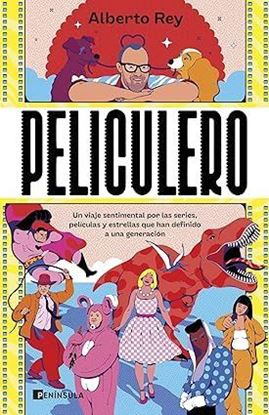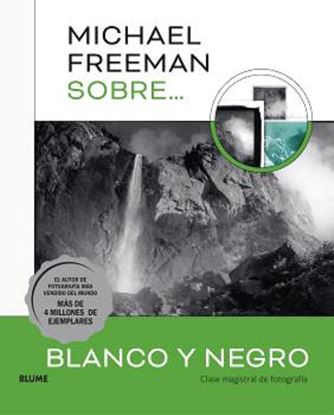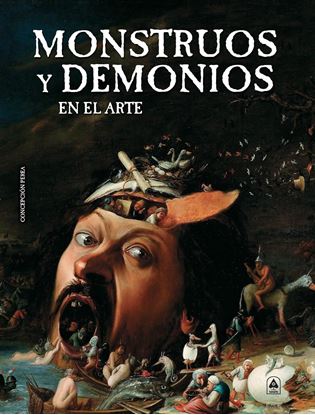

STAR WARS. ULTIMO JEDI DICCIONARIO VISUA
El Diccionario Visual de Star Wars. Los últimos Jedi presenta a todos los personajes, criaturas, droides, localizaciones y tecnología de la película.
Con más de un centenar de imágenes e información de la mano de Pablo Hidalgo, creador de contenidos de Star WarsTM, es un libro imprescindible para todos aquellos fans que quieren ir más allá de la experiencia cinematográfica.
1,350
1,013
LA GRAN VIDA DE LITTLE RICHARD
Little Richard abrió el camino para generaciones de músicos: los Beatles, James Brown, los Everly Brothers, Jimi Hendrix, los Rolling Stones, Elton John, Prince…La lista es interminable. Él era «el Origen», «el Innovador» y el autoproclamado «Rey y Reina del rock and roll». Cuando falleció el 9 de mayo de 2020, La gran vida de Little Richard, que estaba casi terminado, se actualizó inmediatamente para cubrir la respuesta internacional a su muerte. Esta es pues la gran biografía de Richard Wayne Penniman de Macon (Georgia, Estados Unidos), quien fue, hasta su fallecimiento, el último dios vivo del rock, el gran Little Richard.
Mark Ribowsky, aclamado biógrafo de íconos musicales, explora la maestría musical de Little Richard, su vida familiar, su lucha contra el racismo, sus relaciones con otros personajes famosos de la época y con los medios de comunicación, y su eterno conflicto interior entre su religión y su sexualidad.
1,400
1,050
ASI SE HACEN LAS PELICULAS
¿Qué lleva a un director a escoger determinado guion? ¿Qué hay que hacer para mantener el ánimo de un actor o una actriz después de un montón de tomas de la misma escena? ¿Cómo se organiza una escena que implica a más de cien extras y tres vehículos que colisionan, en pleno centro de la ciudad? Así se hacen las películas es una exposición magistral de cómo son las cosas en el cine, que presenta el proceso paso a paso, con claridad, un estilo ameno y montones de anécdotas. Su autor ofrece las memorias de un profesional y una guía definitiva sobre el arte, la técnica y el negocio de la realización cinematográfica. Lumet recurre a su propia experiencia para contar, con entusiasmo y pasión, cómo del trabajo concienzudo y las decisiones acertadas resultan metros y metros de celuloide mágico.
1,400
1,050
PELICULERO
Un viaje emocional por el cine y la televisión que han definido a toda una generación
Hace menos de tres años parecía que el cine estaba muerto, que nadie volvería nunca a las salas, que las grandes estrellas no existían y que solo las películas de superhéroes eran viables económicamente. Y entonces llegó Barbie.
Este es un recorrido personal tan personal que es casi universal por la historia más reciente del cine, y en particular del cine palomitero, ese cine comercial, orgulloso de serlo, que ha moldeado nuestro imaginario colectivo. Un mundo de dinosaurios, naves galácticas, agentes secretos y sirenas que Alberto empezó viendo primero desde el sofá de casa para poco a poco adentrarse en él profesionalmente. El libro se inmiscuye en rodajes de series y películas, en junkets de prensa, fiestas y premios que, junto a las mismas películas que luego vemos en la sala, configuran un universo que mezcla ficción y realidad y del que ningún peliculero podrá escapar nunca.
1,450
1,088
MICHAEL FREEMAN SOBRE BLANCO Y NEGRO
El autor superventas Michael Freeman aporta sus años de experiencia al estudio del estilo más perdurable y lleva la teoría y la práctica de este género clásico a la época moderna. En esta exhaustiva guía sobre la imagen en blanco y negro, Freeman estimula la creatividad personal y explica la práctica fotográfica de un modo comprensible y, por encima de todo, útil y práctico. La fotografía en blanco y negro al día, para informar e inspirar tanto a los puristas como a los nuevos practicantes de este género. La fotografía en blanco y negro no es solo la expresión más pura del proceso de creación de imágenes, sino también un camino esencial hacia una mejor comprensión de los principios fotográficos. Este libro explica cómo visualizar el mundo en blanco y negro mientras se captan imágenes y a desarrollar un instinto para poner en práctica la dinámica de la fotografía en blanco y negro.
1,450
1,088
MONSTRUOS Y DEMONIOS EN EL ARTE
Miedo, pero fascinación; espanto, pero atracción. Nuestra relación con los monstruos es dual y contradictoria desde el inicio de los tiempos y precisamente por eso tantos artistas decidieron plasmar sus peores pesadillas y las causas de tanto horror en innumerables obras. Algunas de las más emblemáticas y oscuras están dentro de este libro. Pasar las páginas de este libro es un acto de valor, aunque todos sabemos lo seductor que puede ser el peligro.
1,450
1,088













